
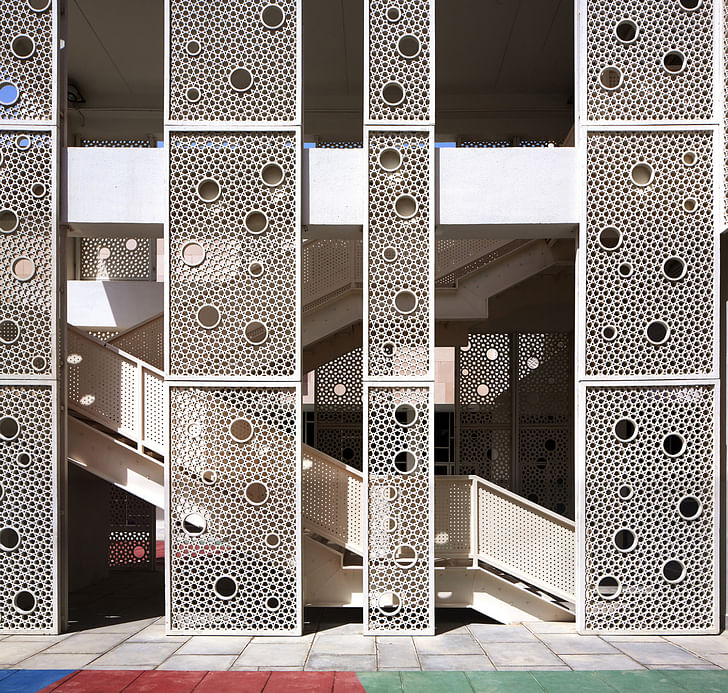
While working in a large, hundred-plus person firm certainly has its benefits, boutique practices offer the partners the chance to create their own designs in their own way. I spoke to two firms: r+d studio, a firm started by a married couple who used to work for Frank Gehry, and Studio Hillier, a practice that was initially started in 1966 by J. Robert Hillier, merged with the enormous U.K.-based firm RMJM, and then was purposefully relaunched by the founding partners as a small studio in 2011. I asked each set of partners about the challenges of scaling down after having worked in the big leagues.
Although architecture is inherently collaborative, there’s nothing as humbling as walking into an office staffed with hundreds of other designers and realizing that you’re but a small part of a much larger entity. In some companies, it scratched "the itch to see one's design realized" the design principal on one side of the office may not even know the names of the employees on the side of the studio. In many cases, exceptionally large firms are split between multiple floors or buildings, creating a kind of inadvertent territorial division (annex architects may miss out on spontaneous baked treats in the main building, and vice versa). No matter how involved you are in your work or your relative place in the hierarchy, there’s no way to be there for every design decision and meeting for every project in a large firm.
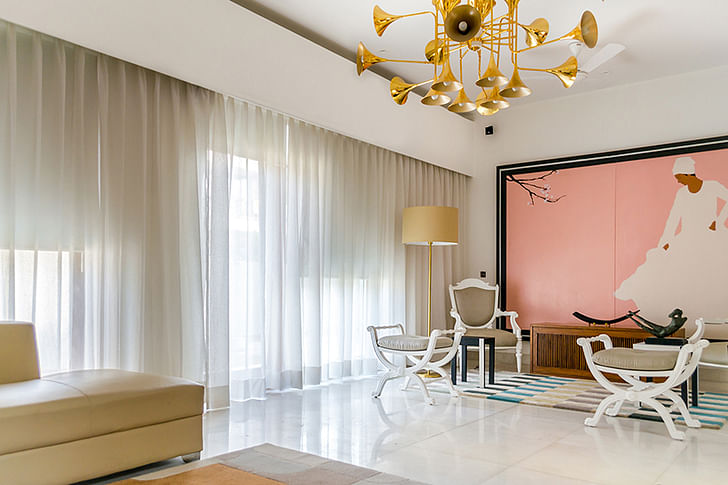
It’s therefore not uncommon for architects who once worked for major architectural practices to splinter off and form their own mom-and-pop design firms. As Shridhar Rao of R+D Studio in Delhi told me, his partner and wife Shikha Doogar decided to start their own firm because it scratched “the itch to see one's design realized. Working with someone can always be restricting in terms of your outputs and creativity. Also, having worked for over 10 years, we felt that we were ready to start our own; we had been working on several competitions, exploring our techniques and process of design.”
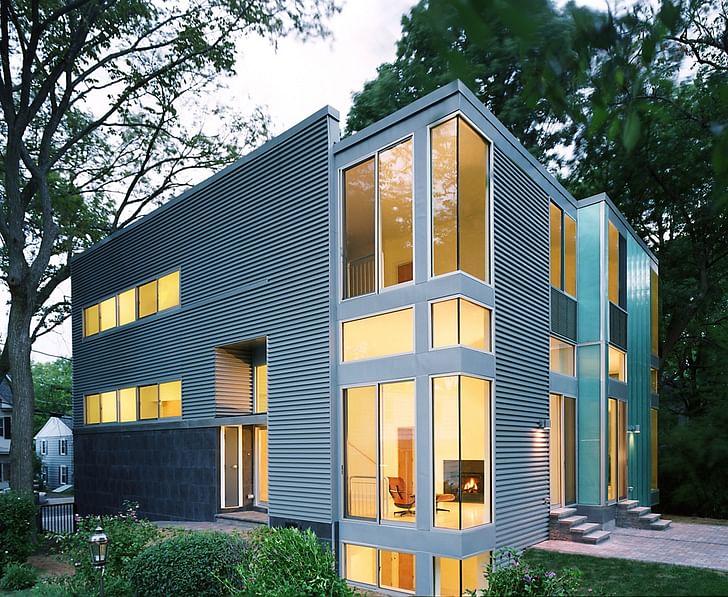
For J. Robert Hillier and Barbara Hillier of Studio Hillier, the choice was complicated by the fact that they had initially started their company, merged with the almost 2,000 person workforce of RMJM, and then decided to relaunch and go small again. “Upon completion of our respective non-compete clauses with the buyer, we decided to restart our architectural practice in the same town where we had grown Hillier Architecture. We started with fewer than five people.”

Working without the background noise of hundreds of others can be refreshing, but it also requires formulating a coherent system of organization. I asked each firm what tips or methods they used to keep everything organized and communications clear. Shridhar told me that it boiled down to understanding how to successfully structure a team, an experience they had it boiled down to understanding how to successfully structure a team garnered over years of working for large firms in the United States. “Our experience at Frank [Gehry]'s office taught us to empower people with responsibilities and rewards. We have a studio environment with a more horizontal structure, which allows all team members, be it an intern or a senior architect, to equally participate in the design process.” For Barbara Hillier, it was a combination of finding the right projects and people. “Initially, we could only practice on our own account,” she told me. “We purchased a few derelict properties so that we could demonstrate our interest in domestic scaled projects. It helps to have an office manager who can be a ‘jack-of-all-trades.’”
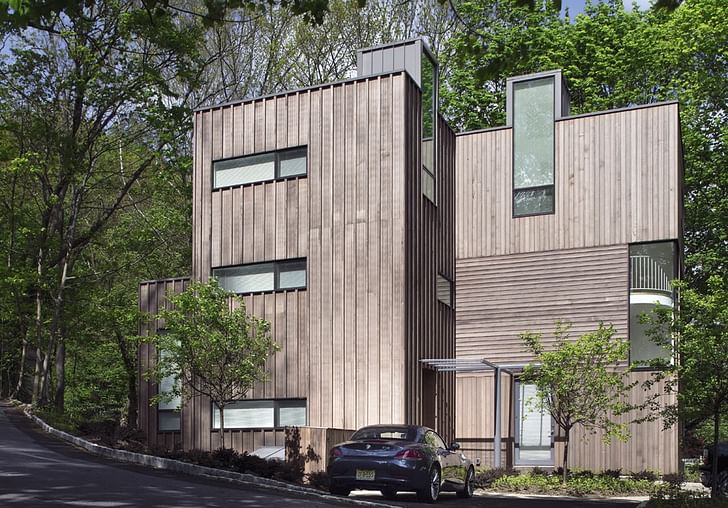
The transition from large to small office has enabled both firms to take on clients and projects that interest them personally. Barbara explains that since opening their “new” office in 2011, “we like working with educators and academic institutions. The Two-Plex is one of our smallest projects. Even smaller is a hair salon that we designed on a napkin over dinner. It’s plain jane: concrete floors and hand crafted carbon steel fixtures. There is a etched profile of Beyonce on the glass behind the steel reception desk.”

In some cases, the challenges of both the size and location of the office provide an opportunity for greater architectural exploration and development. Although both Shridhar and Shikha are originally from India, the difficult reality of I hope to attract people who share a serious interest in the history of our professionthe construction practices they faced in that country “helped us innovate in terms of our details, but [also] made us explore materiality in ways that are non typical. The biggest challenge that one faces in India is the fact that the construction industry is still dominated with an unskilled work force. What we design on the drawing boards is not quite what you would get once it gets conceived. A lot of gaps end up distorting the original vision, and hence a lot more effort is required at the site in order to interpret the design, and break it up into portions that are easy for the workforce to execute. This is not a generalization, but a personal experience.”
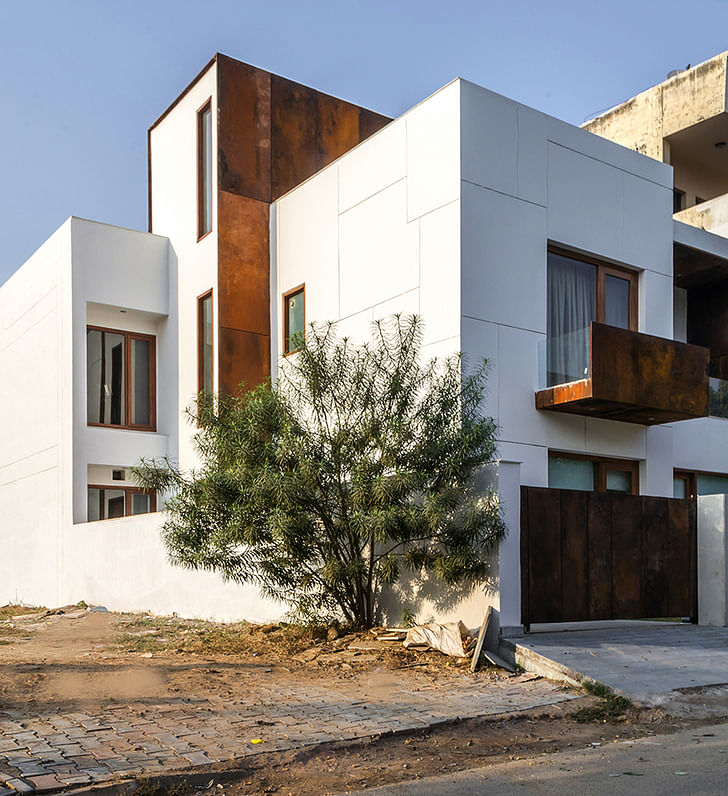
So is it advantageous to remain small? I asked both firms what kind of work they hope to undertake in the future, and if they want to keep growing. Shridhar told me that “we would like to work on more cultural projects, residential towers, and institutional projects. They provide a lot of scope for exploration and re-interpretation. Ideally we would like to grow to a team of 15-20 architects as it gives us the flexibility to scale up and down depending on the project requirements.”
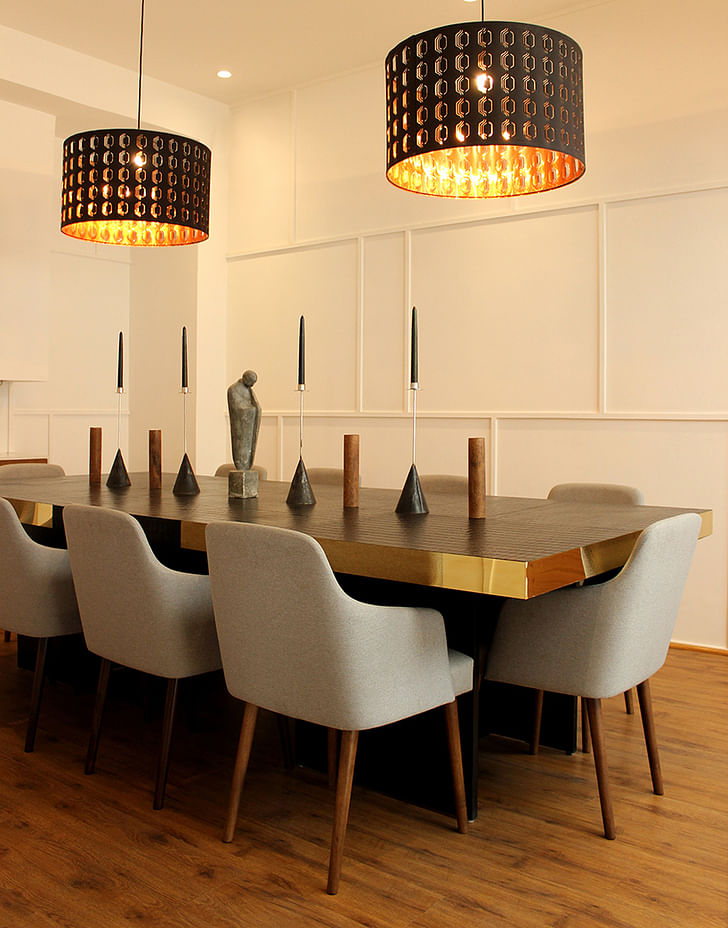
Of course, regardless of where one is practicing, size isn’t everything. Barbara Hillier noted that “our staff count is 22 and growing. But more than growing the studio, I hope to attract people who share a serious interest in the history of our profession, and the remarkable legacy they have left behind.”
Julia Ingalls is primarily an essayist. Her work has appeared or is forthcoming in Slate, Salon, Dwell, Guernica, The LA Weekly, The Nervous Breakdown, Forth, Trop, and 89.9 KCRW. She's into it.
No Comments
Block this user
Are you sure you want to block this user and hide all related comments throughout the site?
Archinect
This is your first comment on Archinect. Your comment will be visible once approved.